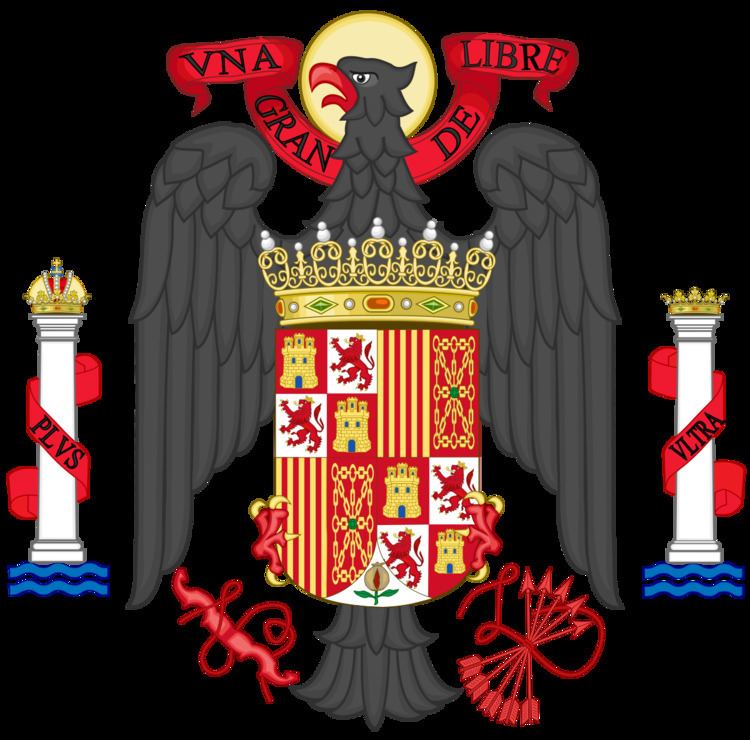Established 17 July 1942 Seats 556 | Disbanded 16 June 1977 | |
 | ||
The Cortes Españolas (English: Spanish Cortes), known informally as the Cortes franquistas (English: Francoist Cortes), was the name of the legislative institution during the dictatorship of Francisco Franco which was established on 17 July 1942 (the sixth anniversary of the start of the Spanish Civil War), and opened its first session on 17 March 1943. The Cortes sought to present itself as the highest organ of the Spanish people and to participate in the work of the State (Article 1A of the Constitutive Act of the Cortes, as amended by Act 1967 of the State in its third additional provision).
The main function of the Cortes was the development and adoption of laws, but under its subsequent sanction reserved to the Head of State (Franco himself).
To identify itself as a continuation of the Spanish parliamentary tradition, the Cortes was seated at the Palace of the Cortes, Madrid. However, this institution had greater similarity with the corporate system of Italian fascism. Its members supposedly represented the various elements of Spanish society. The Spanish Cortes were not intended as the repository of national sovereignty, since the whole sovereign power was concentrated in the head of state (Caudillo), in the absence of separation of powers. The government was not responsible to it; ministers were appointed and dismissed by Franco alone. It also had no power over government spending.
Franco himself rejected any identification with liberal democracy. Instead, he conceived his system as a solvent ideology of national unity between social classes and territories. Prosecutors were ex officio members, appointed by the Head of State or chosen from corporate entities, and until 1967 did not materialize the way of choosing a "third family" ("Third" was the conventional way of referring to the "organic" representation from "natural entities" considered the only possible channels for the expression of popular will - "family, town and union").
Two family representatives from each province, elected by those who appear on the Electoral heads of households and married women in the manner established by the law (majority was established, with different effects depending on the family situation - for males at age 21 and for women 25.6 in the referendum but did have the right to vote all men and women of the Nation over twenty years).
Elections were held in July to cover that portion of the Deputies in the Cortes in 1967 and 1971.
